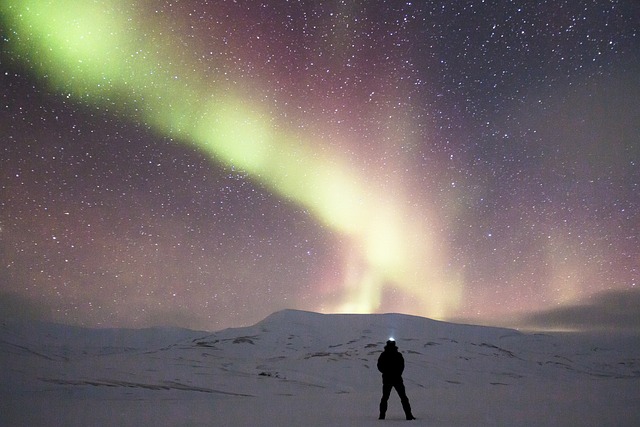The Northern and Southern Lights are among the most stunning natural light shows on Earth. Known as the Aurora Borealis (Northern Lights) and Aurora Australis (Southern Lights), these colorful displays light up the skies near the North and South Poles. But what exactly causes them? Let’s break it down in simple terms.
What Are the Northern and Southern Lights?
The Northern Lights appear in areas around the North Pole, while the Southern Lights glow around the South Pole. Both of these light shows are caused by the same thing – charged particles from the sun interacting with the Earth’s atmosphere.
The Science Behind the Lights
1. Solar Wind
The sun constantly sends out a stream of charged particles, known as the solar wind. These particles travel through space and can sometimes reach Earth. However, the Earth’s atmosphere and magnetic field usually protect us from these solar winds.
2. Earth’s Magnetic Field
The Earth has a strong magnetic field that acts like a shield, deflecting most of the solar wind. But near the North and South Poles, the magnetic field is weaker, allowing some of the solar wind to slip through.
3. Interaction with the Atmosphere
When the charged particles from the sun hit the gases in Earth’s atmosphere (like oxygen and nitrogen), they create energy. This energy is released in the form of light. The specific colors we see in the Northern and Southern Lights depend on which gases are involved:
- Green and Yellow Lights: These are caused by oxygen atoms at lower altitudes.
- Red Lights: These come from oxygen atoms higher up in the atmosphere.
- Blue and Purple Lights: These are created by nitrogen atoms interacting with the solar wind.
Why Do the Lights Only Happen Near the Poles?
The Northern and Southern Lights mainly occur near the poles because the Earth’s magnetic field is weaker there, allowing the solar particles to enter more easily. This is why countries like Norway, Canada, and Iceland are famous for their Northern Lights, while places like Antarctica are best for spotting the Southern Lights.
When Can You See the Northern and Southern Lights?
The best time to see these lights is during the winter months when the nights are long and the skies are dark. For the Northern Lights, this is usually between September and March. For the Southern Lights, you’re more likely to see them between March and September.
Fun Facts About the Lights
- Auroras on Other Planets: Did you know that auroras also happen on other planets? Jupiter and Saturn, which have strong magnetic fields, also experience these dazzling light shows.
- Unpredictable: While scientists can predict solar activity, it’s hard to know exactly when the Northern and Southern Lights will appear. Many people travel to the Arctic regions just to catch a glimpse, but it’s never guaranteed.
- Legends and Myths: In ancient times, many cultures had myths about the Northern and Southern Lights. Some believed they were spirits, while others thought they were messages from the gods.
Conclusion: A Magical Phenomenon
The Northern and Southern Lights are caused by a combination of solar wind, Earth’s magnetic field, and gases in our atmosphere. While the science behind them is fascinating, there’s no denying the beauty and magic they bring to the sky. If you ever get the chance to witness these glowing lights, it’s an experience you’ll never forget!

